Top 5 Benefits for Using Sensory Paths: Ideas for School and Home!
Children are naturally curious and for most kiddos they are always on the move! Therefore, they are constantly seeking new experiences and ways to engage with their environment. Sensory paths, also known as sensory hallways or sensory pathways, provide an innovative and fun approach to keep kids moving while supporting their development and well-being. Sensory pathways incorporate a variety of movement-based activities designed to promote motor skill development, sensory stimulation and enhance overall sensory integration. In this blog post, we will explore the importance of sensory paths for children, both at school and in the home environment.
Sensory Integration and Development:
Sensory pathways offer children a structured and dynamic way to engage their (8) senses, affording the opportunity to process and integrate sensory information effectively. Activities such as jumping, crawling, balancing, twisting, and touching different textures, children practice the integration of 3 essential sensory systems. These include a) proprioception (awareness of body position), b) vestibular (balance and spatial orientation) and c) tactile system (hands, feet, and skin receptors). A well-designed sensory pathway provides a rich sensory environment that supports the development of both gross and fine motor skills, coordination, and overall body awareness.
Regulation of Sensory Input:
For some children, sensory processing difficulties can lead to challenges in regulating and responding appropriately to sensory input. Sensory pathways offer a controlled and predictable environment that helps children modulate sensory information. Engaging in sensory pathway activities can help children self-regulate, manage sensory overload or sensory-seeking behaviors, and improve attention and focus. The structured nature of the pathway provides a consistent sensory experience, which can be particularly beneficial for children with sensory processing disorders or autism spectrum disorders.
Enhancing Learning and Engagement:
Movement-based activities have been shown to have a positive impact on learning to include physical, cognitive and social development. Sensory pathways provide an opportunity for children to engage their minds and bodies simultaneously, creating an optimal state for exploration and learning. By incorporating sensory paths into the school curriculum or home environment, children can experience the benefits of active and experiential learning. The combination of movement with sensory input enhances cognitive functions, memory, creativity, and problem-solving abilities. It also helps children find a sense of homeostasis within the body or an overall well balanced and self-regulated state of being.
Promoting Physical Health and Well-being:
Regular physical activity is crucial for children's overall health and well-being. Sensory pathways offer a fun and interactive way to incorporate physical exercise into daily routines. Activities like jumping, running, and climbing stimulate cardiovascular health, improve muscle strength and endurance, and support the development of motor skills. In addition, engaging in sensory path movements can contribute to better sleep patterns, reduced stress levels, and improved mood and emotional regulation.
Social Interaction and Collaboration:
Sensory pathways can be designed to accommodate multiple children, promoting social interaction and collaboration. Children can engage in activities together, taking turns, and learning to navigate the pathway as a group. This cooperative play fosters social skills such as communication, cooperation, sharing, and problem-solving. Sensory pathways create an inclusive and supportive environment where children can interact with peers, build friendships, and develop social-emotional skills.
The following provide fun sensory path ideas for school and home!
Sensory Pathway Ideas!
As the school year winds down, many PE teachers are planning field days! Here are some sensory pathway movement ideas that can be incorporated into both school and ideas you can use at home for when school is over!
BALANCE BEAM: Set up a narrow balance beam using a wooden board or tape on the floor. Encourage children to walk along the beam, promoting balance and coordination.
HOPSCOTCH: Draw or stencil a hopscotch (See our Classic Hopscotch) pattern on the floor or playground. Children can jump from pattern to pattern engaging their gross motor skills.
WALL PUSH-UPS: Place hands on a wall at shoulder height and have children do push-ups against the wall. This activity helps strengthen upper body muscles and provides proprioceptive input. Use fun stickers on the wall and the floor (It Rocks Game) or other visuals to help promote midline crossing for both hands and feet.
YOGA POSES: Incorporate simple yoga poses into the daily routine. Poses like tree pose, downward dog, and child's pose help improve flexibility, strength, and body awareness.
SENSORY PATH OBSTACLE COURSE: Set up an indoor or outdoor obstacle course using different objects such as cones, tunnels, hula hoops, and ropes. Children can climb, crawl, and maneuver through the course, promoting motor planning and coordination.
COPY CAT/DDR DANCE: Use the Copy Cat game or just take short dance breaks during the day where children can move and groove to their favorite songs. Dancing helps improve coordination, rhythm, and overall physical activity.
WALL SQUATS OR LUNGES: Stand with your back against a wall and slide down into a squat position, holding for a few seconds. This activity helps build lower body strength and stability. For lunges, take long deep strides bending at the knee and hip while keeping head upright and back straight
JUMPING JACKS: Incorporate jumping jacks into movement breaks. They provide a full-body workout, engage multiple muscle groups, and increase heart rate.
ANIMAL WALKS: Encourage children to imitate various animal movements such as bear crawl, crab walk, frog jumps, or kangaroo hops. Walk softly or heavy – fast or slow and mimic how an animal may move. Animal walks help develop strength, balance, and coordination
Remember to adapt the activities based on the age and abilities of the children. Safety should always be a priority, and adult supervision is recommended, especially for younger children.
Sensory paths provide a dynamic and effective way to support children's development, engagement, and well-being. By incorporating movement-based activities that stimulate the senses, sensory pathways promote sensory integration, regulate sensory input, enhance learning, and improve physical health. Whether in a school or home setting, these pathways offer a structured and enjoyable means for children to explore their senses, develop motor skills, and engage in social interaction. Embracing the importance of sensory pathways empowers children to thrive and reach their full potential in a holistic and inclusive manner.


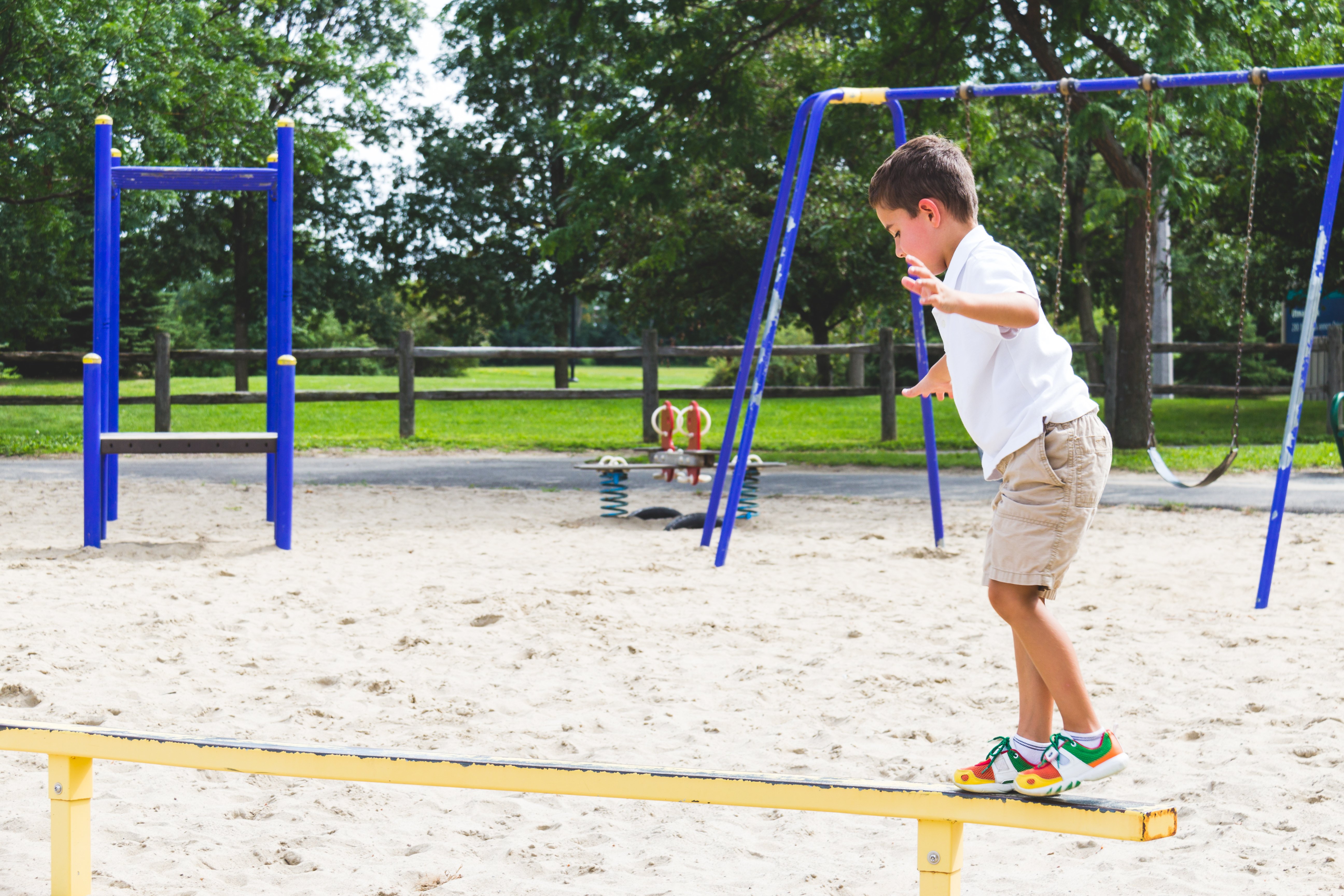
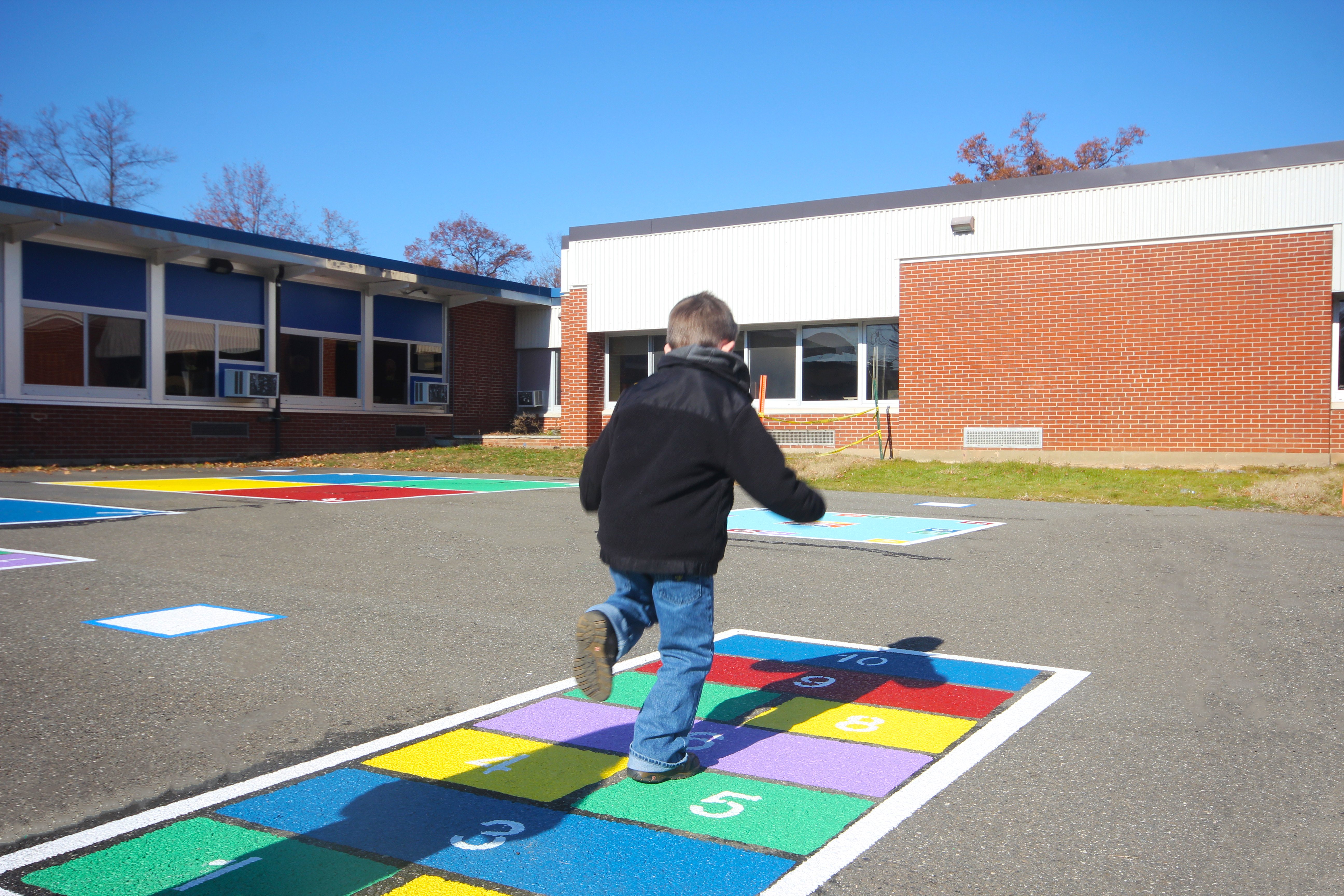
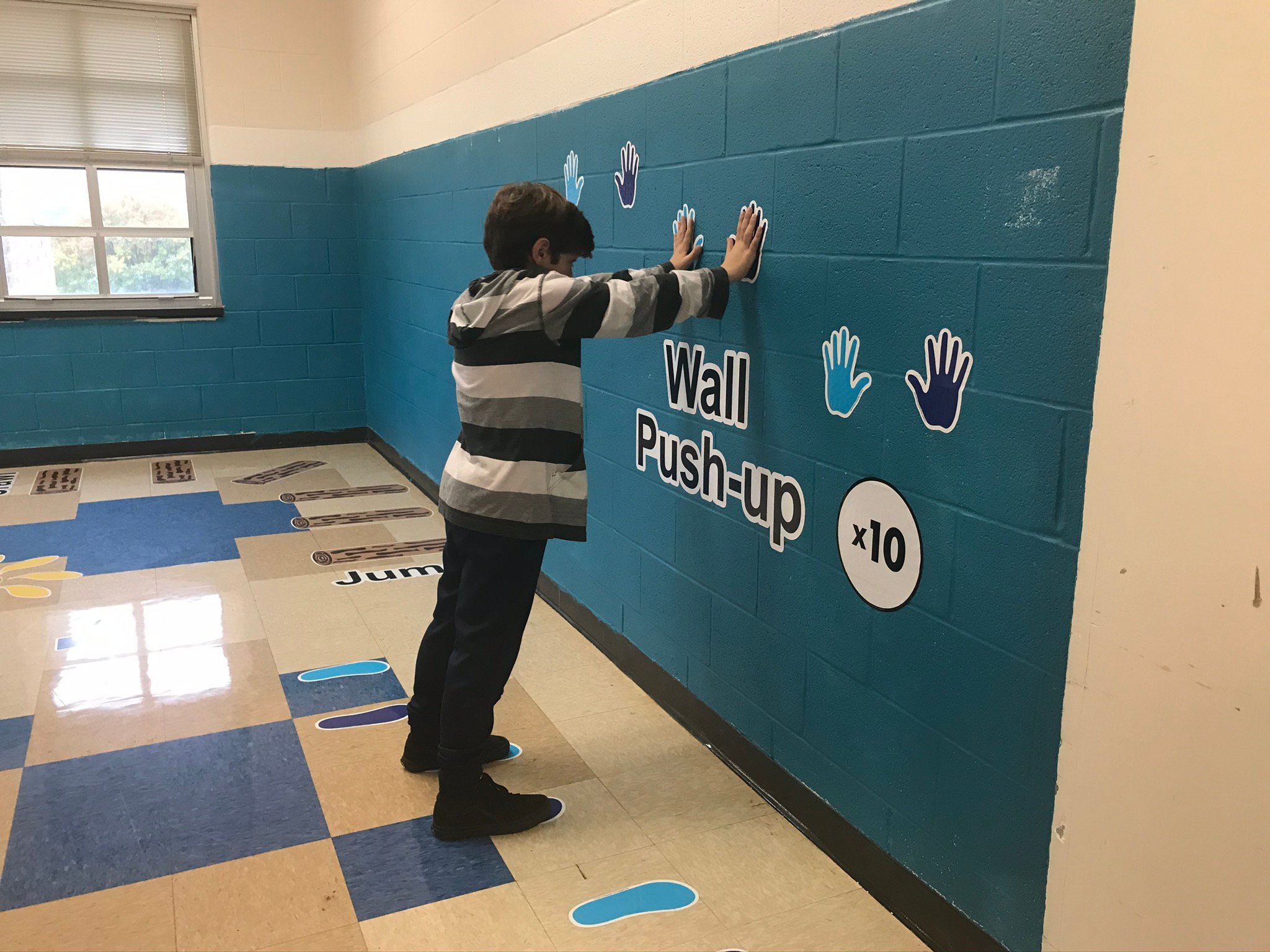
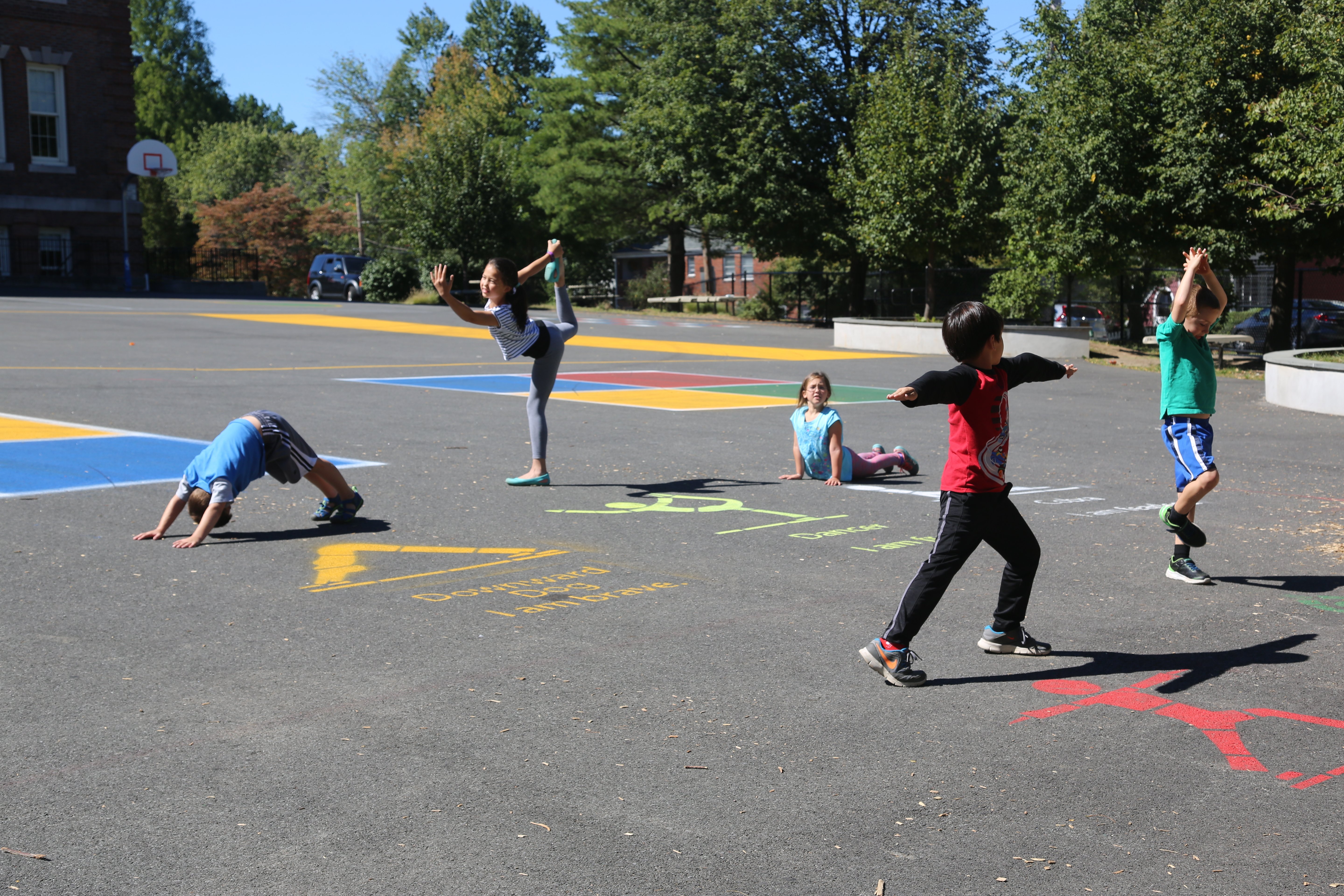
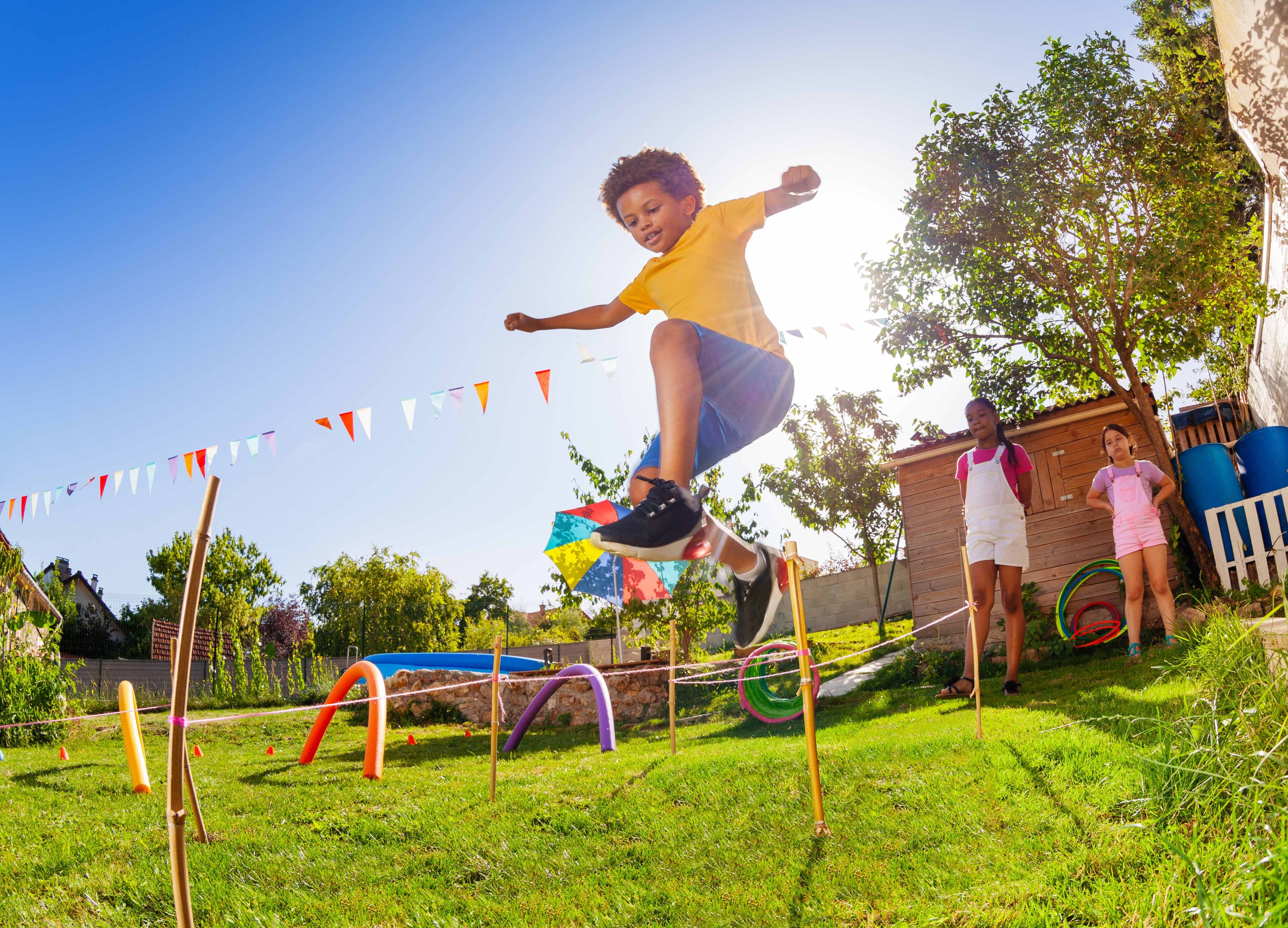
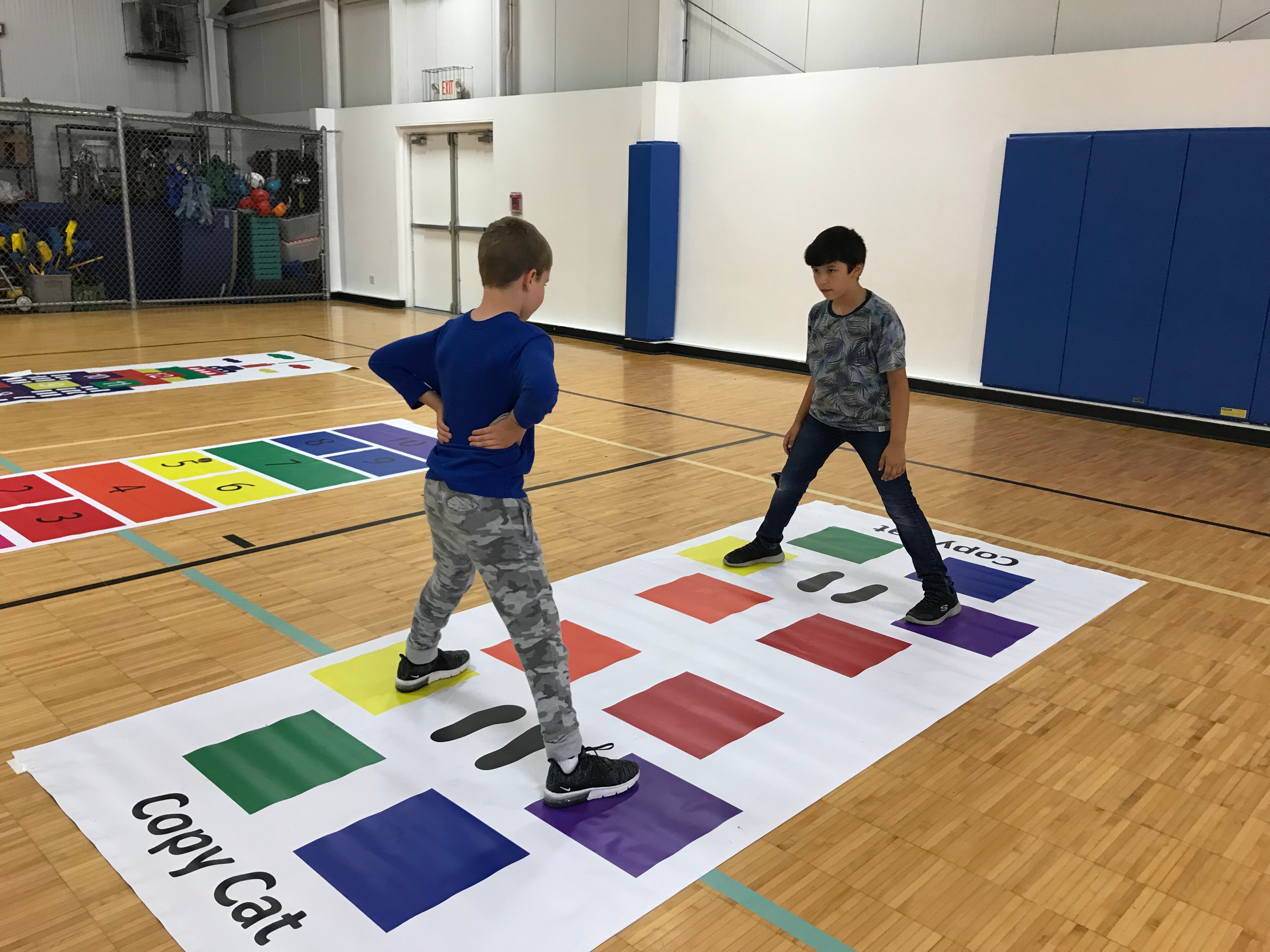
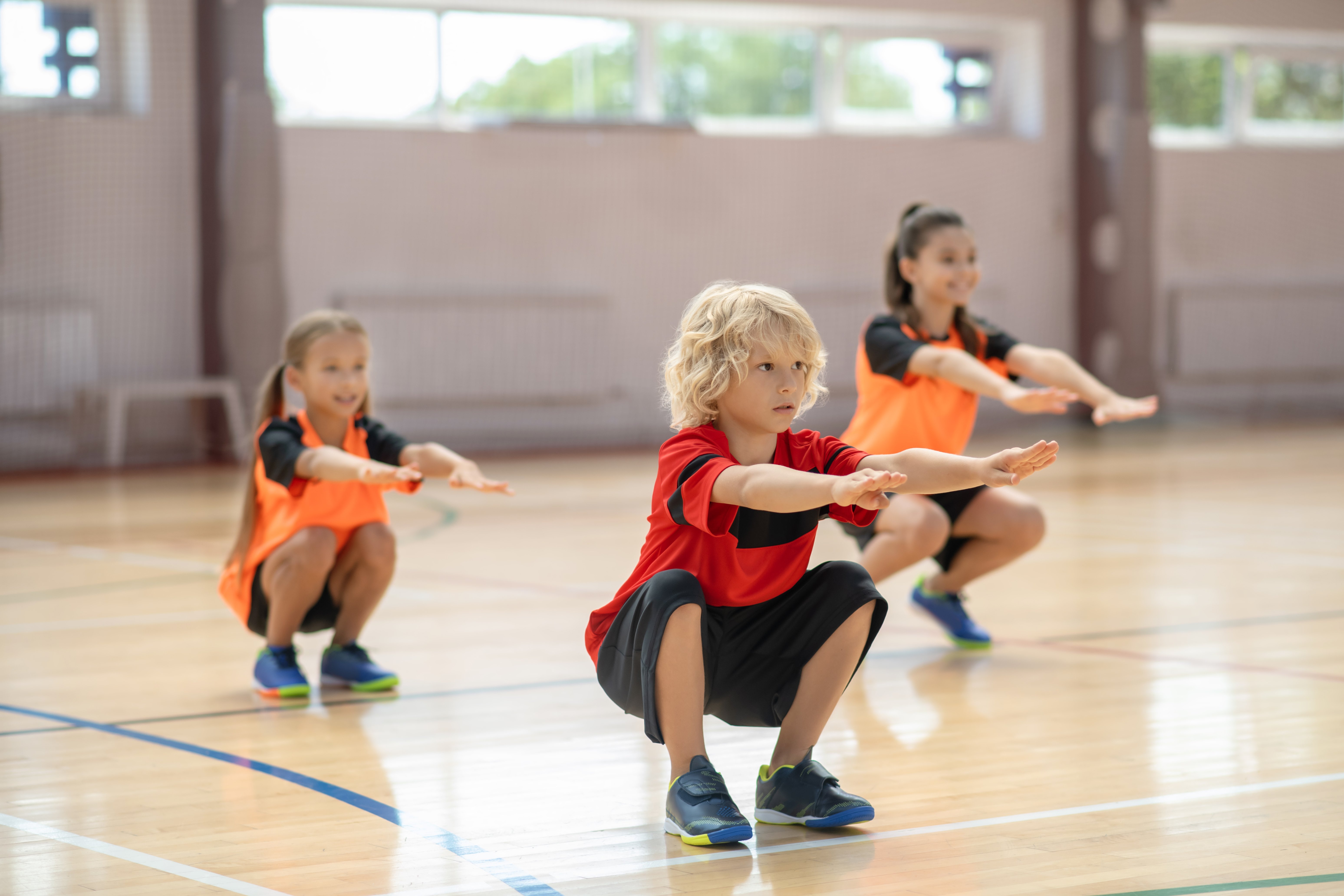
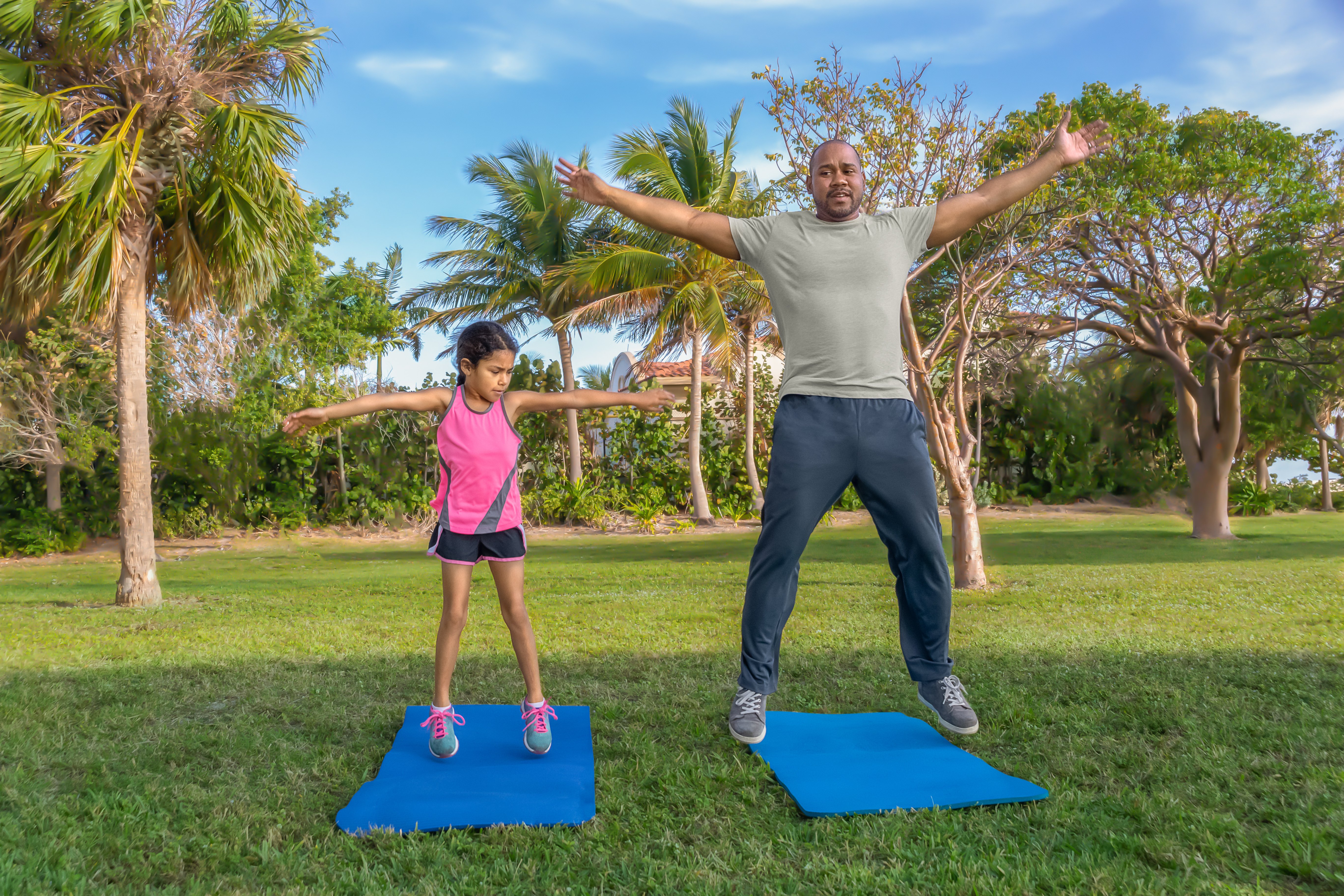
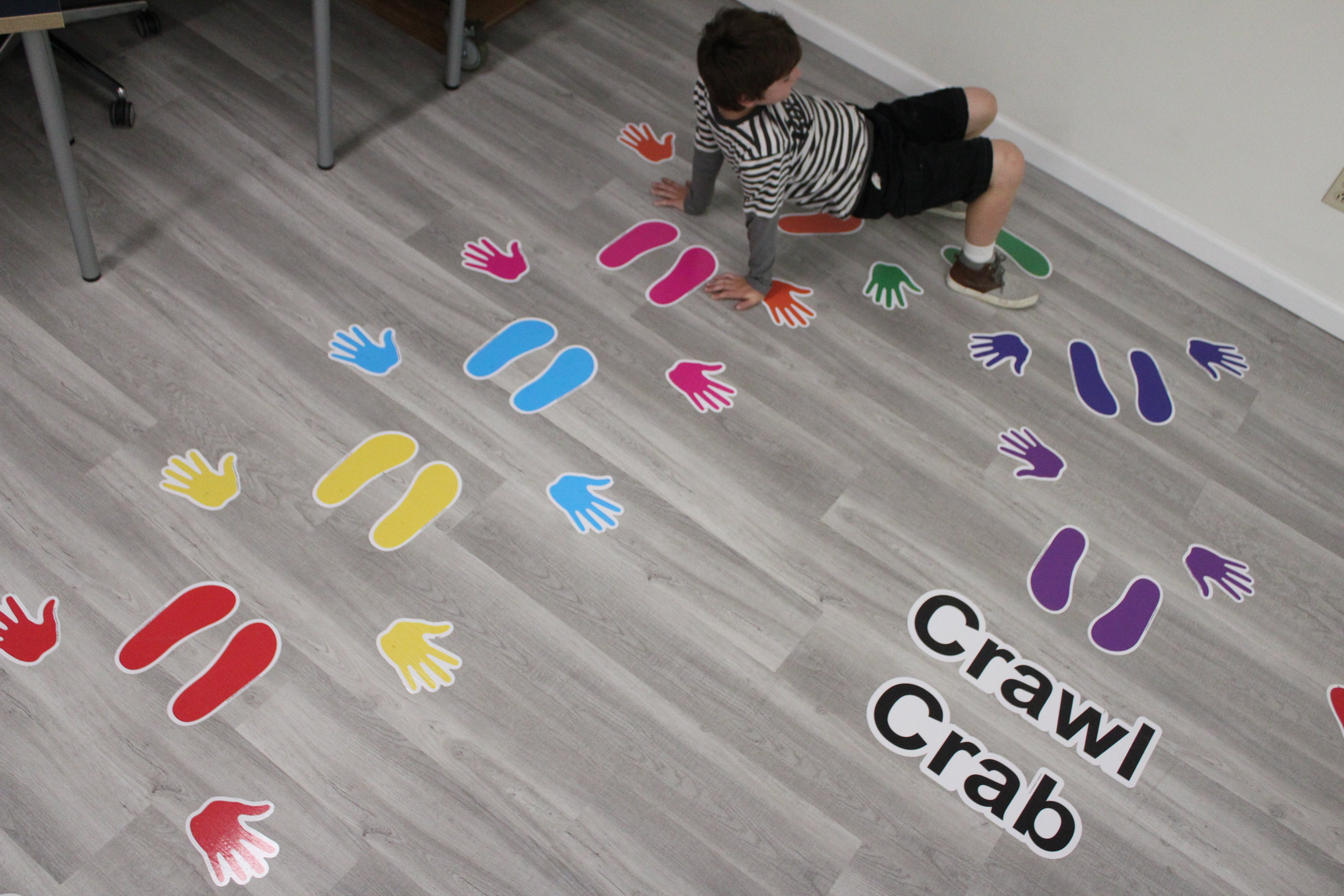

Leave a comment